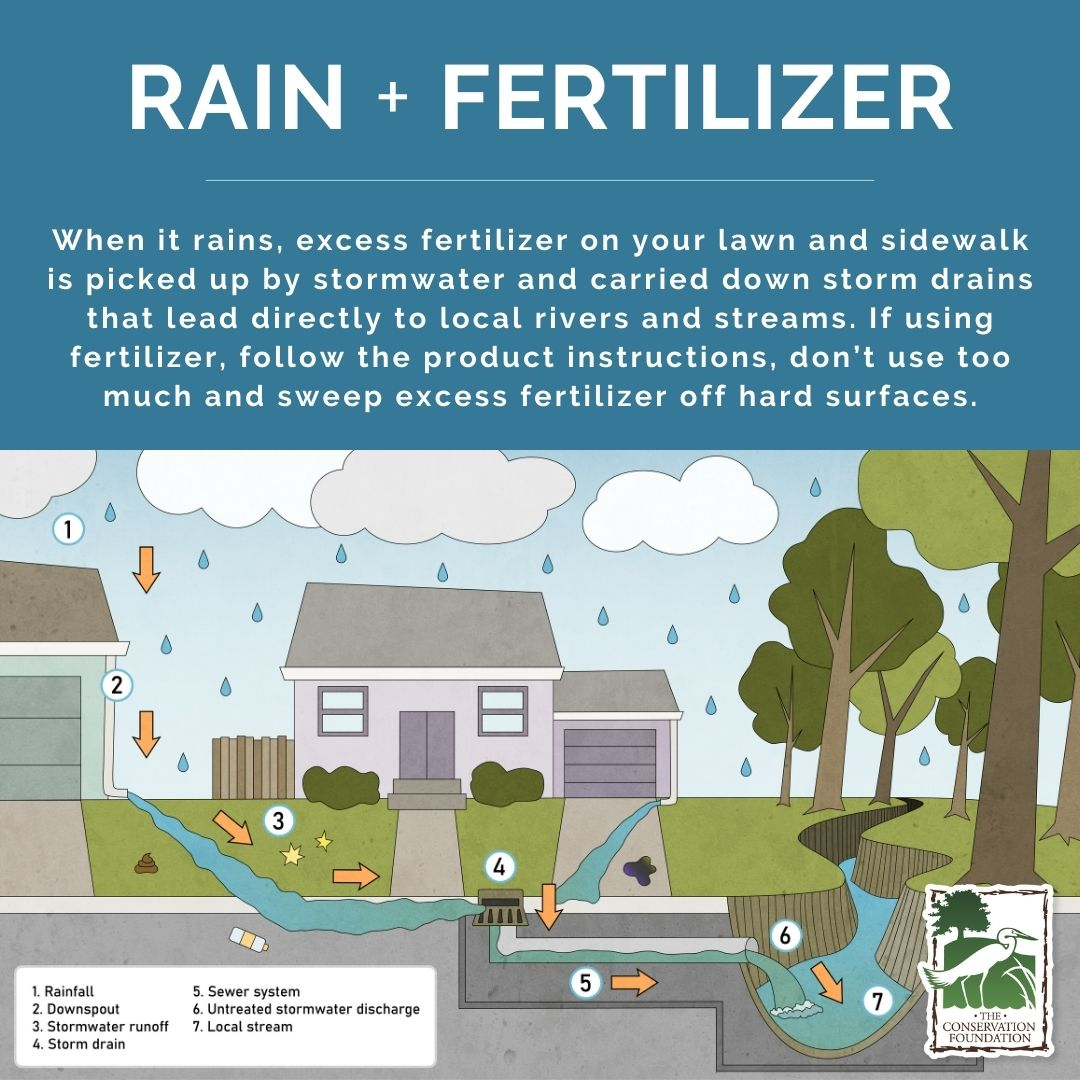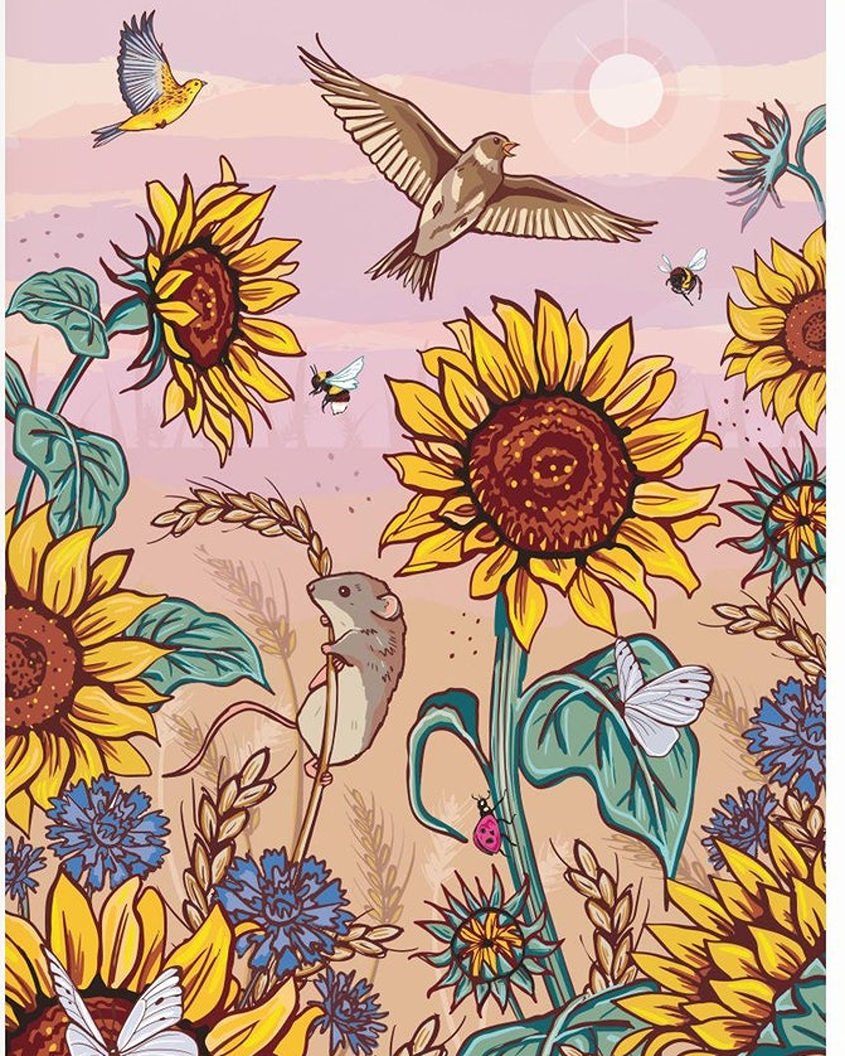Organic Lawns (wean your lawn off junk food!)

Organic lawns thrive, if you choose a hardy grass seed. They are far safer for all (even dogs have higher bladder cancer rates from neighbouring gardens that use pesticides). Just ask your council the best to dispose of garden chemicals, and switch over to an organic lawn to help all creatures.
Some ‘wildflower lawns’ include species that are unsafe for pets. Some mulches (and fresh compost) are also unsafe. Learn how to make gardens safe for pets.
Never, Ever Use Garden Strimmers
These are the worry of wildlife rescue charities, as they cause awful injuries to frogs, hedgehogs and other sleeping wildlife. Gardena Grass Shears are precise, comfortable and suitable for right-handed or left-handed use.
If you do use a garden strimmer, gently run a broom through grass beforehand, to allow creatures a chance of escape.
Same with robotic lawnmowers (these move too fast, to let sleeping wildlife wake up). For small gardens, choose a modern cylinder (hand) mower.
Avoid ‘forking’ compost heaps (frogs like living under them). Also check sheds and outbuildings for nesting hedgehogs (lift floor carefully, and do not disturb nests, postponing work for at least a month, until sure they have left).
The Benefits of Organic Lawns

- Improved Soil Health: Organic methods enhance the nutrient content and structure of the soil. Healthy soil supports stronger grass and plant roots.
- Reduced Chemical Exposure: By avoiding synthetic chemicals, you create a safer environment for your family and pets. This also protects local wildlife and water sources from harmful runoff.
- Biodiversity: Organic lawns attract a diverse array of flora and fauna. Beneficial insects like ladybugs and bees can thrive, leading to a more balanced ecosystem.
As stated above, a manual mower is best. If you do use electric mowers, be sure to use a device to protect against electric shock). Never use robotic mowers (they can’t warn sleeping wildlife in time, to escape).
In most cases you can leave cuttings on the lawn (don’t put too many in your compost bin or it will go slimy – a tumbling compost bin is best for lots of grass)
Tips for an Eco-Friendly Lawn

- Start by testing your soil’s pH and nutrient levels. Soil testing kits are readily available and can provide valuable insights into its current condition.
- Cut no more than a third of the blade length, especially during spring’s first cut. This helps to keep the lawn healthy.
- Never use lawn chemicals, these just encourage your soil and grass to become weak. Chemicals are also dangerous to children, pets and wildlife (dogs near chemical lawns have a 7 times higher chance of bladder cancer). Securely bin and take them to the tip. Then garden using a tough grass (perennial rye is less appealing to birds – avoid netting as it traps birds and wildlife).
- Don’t overwater lawns, we get plenty of rain so most will recover in a few days (or water early morning/evening, to reduce evaporation).
- For pet-free gardens, consider a wildflower lawn, to support native pollinators. Lawns into Meadows shows how to plant an organic meadow.
- Immediately flushing with water should stop brown patches from pets peeing on your lawn! This will flush out urine salts (rake the area first for older patches, then let the rain fix it!)
- Avoid artificial lawns as they don’t support native pollinators. They also heat up quicker, so are less safe for pets/children in warm weather.
- If you are bothered by ants, just wait till the weather cools, as they will disappear. Read extensive info on how to help, in our post on why to be nice to ants!
How to Humanely Deter Garden Moles

Garden moles do little harm, and the hills they leave actually make good garden potting compost! Read our post on wildlife-friendly gardens.
They don’t have good sight or hearing, so use their scent to dig tunnels through the earth, looking for earthworms. They are not really that social (only coming together to mate, they don’t even like each that much!) And build complex tunnels below lawns and flower beds, to sleep, stow worms and raise their young.
Moles can dig an impressive four metres per hour, so some tunnels span several gardens. They won’t harm your plants, unless roots are disturbed.
Moles like unstable or spongy ground, so you’ll find moles more on soft wet grounds, often on manicured lawns, over hardy wild grass.
Like any creature, moles may carry fleas or ticks, so don’t encourage them near dogs or cats. But as long as pets stay away, they are not more of harm than any other wild creature. In fact, the only main harm would be if you used pesticides, which could harm pets too.
If you want less moles in your garden, leave your lawn more natural, and they won’t find the tougher earth so appealing.
RHS say the only really humane way to deter moles, is to water your lawn less often, and ‘leave them be’, accepting that moles digging, is a sign of good biodiversity. Gardens with moles actually have better drainage, and less compacted soil.
Don’t use mole traps or things like netting or coffee grounds, as all of these are not just ineffective, but can also harm other creatures.






